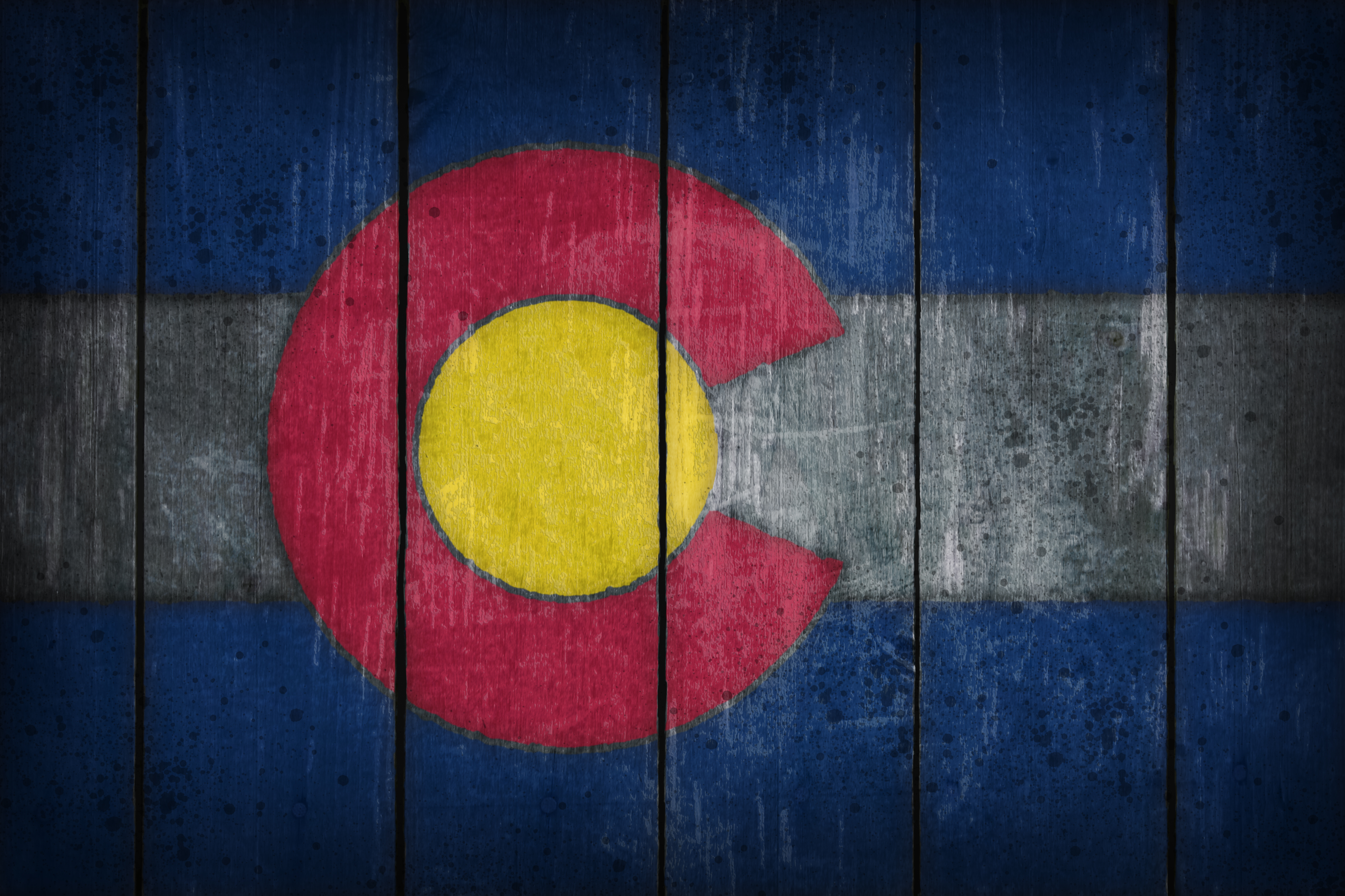I want to talk briefly about website hosting, as I get this question a lot and it can be a bit confusing. Most of my clients already have a website of some form when they come to me, but rarely understand how to access it or what info we will need in order to make changes to the existing site. Several of my clients were even overpaying for their hosting or paying for 2 hosting servers without even knowing what they were paying for!
Website Hosting
In order to be viewable on the internet, the files that make up your website have to live somewhere. Website hosting is space that you rent online to store the website. When someone types in your URL and attempts to visit your site, this hosting server will receive that request and send back the appropriate files. You can also house files, documents, databases, or even just use it as storage. Your email can also be hosted here, although you may download it to your computer via a mail client such as Apple Mail or Microsoft Outlook.
Domain Name
 You will also need a domain name. Your domain name is your website URL or address. (www.yourwebsite.com). This domain is often registered elsewhere (with a domain registrar) and is different than the website hosting. In order to have a website, you need both a domain name and website hosting.
You will also need a domain name. Your domain name is your website URL or address. (www.yourwebsite.com). This domain is often registered elsewhere (with a domain registrar) and is different than the website hosting. In order to have a website, you need both a domain name and website hosting.
FTP and cPanel
If you are planning on doing some work on your website or building a website soon, you will need access to both of these. If you have a current web developer, you can request cPanel access and FTP access. cPanel is the backend to access all the services your web host offers you. You can install databases, create directories, install software such as WordPress and set up email accounts from here.
FTP stands for file transfer protocol. This accesses the actual server space where the files will be stored and allows KL Creative Design or your web developer to make changes to the files.

Email Hosting
Your email can be hosted with the domain or with the website hosting server and would have your url in the email address (yourname@yourwebsite.com). You can also have external email through a service such as yahoo or gmail, although these tend to be less professional and are more vulnerable to hacking. We don’t suggest keeping your important documents with an external free service because if something goes wrong, there is little that you can do about it.





